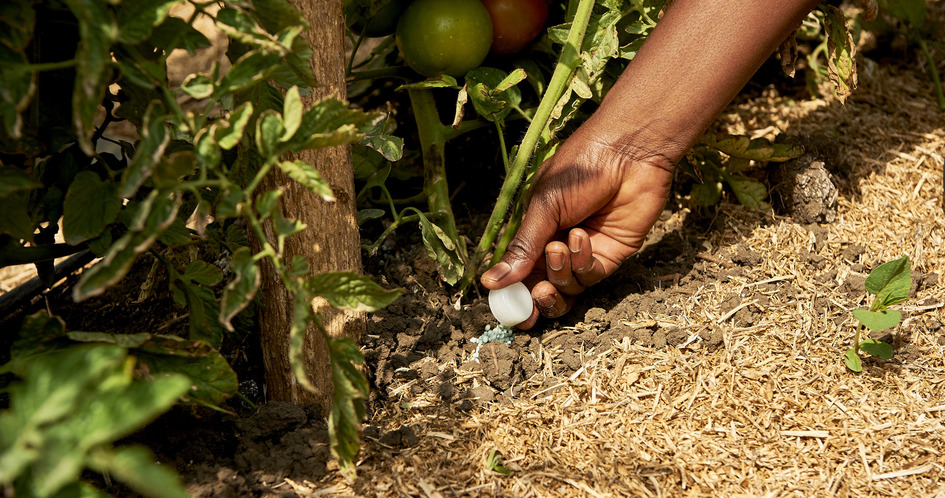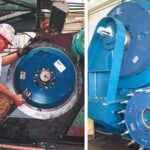Fertilizer: How to maximize its effectiveness
Fertilizer is one of the most important aspects of successful crop production today. It helps promote the healthy growth of plants and increases crop yields. Fertilizer is a combination of essential nutrients that plants need to grow and thrive. These nutrients include nitrogen, phosphorus, and potassium, among others. Fertilizer is available in a variety of forms and can be applied in a variety of ways. Understanding the benefits of fertilizer and how to use it properly can help maximize its benefits.
Understanding Today’s Business Environments
Today’s business environments are complex and dynamic. Businesses need to be aware of the latest trends and technologies to remain competitive. Fertilizer is an important part of a successful business strategy, as it provides essential nutrients to crops and helps maximize crop yields. Understanding how fertilizer works and how to use it effectively can be a key factor in the success of a business.
Choosing the Right Fertilizer for Your Business
Choosing the right Brazil Potash fertilizer for your business is an important decision. Different types of fertilizer are available on the market, and each has its unique characteristics. Consider the type of crops you are growing and the climate you are growing them in when selecting a fertilizer. The type of fertilizer you choose will depend on your individual needs and the soil conditions of your land.
Preparing the Soil before Applying Fertilizer
Proper soil preparation before applying fertilizer is essential for achieving the best results. The soil should be tilled to a depth of eight to ten inches and fertilized according to the type of crop being grown. The soil should also be tested to determine its nutrient levels and pH. Once the soil is prepared, fertilizer can then be applied according to the directions on the label.
Application Methods for Fertilizer
Fertilizers can be applied in a variety of ways, depending on the type of fertilizer used and the type of crop being grown. It can be applied by hand, with a spreader, or with an automated system. It is important to follow the directions on the label when applying fertilizer, as the incorrect application can lead to poor results or damage to the crop.
Monitoring and Adjusting Fertilizer Usage
Once the fertilizer has been applied, it is important to monitor the crop for signs of nutrient deficiencies. If the crop is showing signs of nutrient deficiency, adjustments can be made to the fertilizer application rate. It is important to monitor the soil regularly and adjust the fertilizer application rate as needed.
Utilizing Organic Fertilizers and Composting
Organic fertilizers and composting can be a great way to provide essential nutrients to crops. Compost can be made from kitchen scraps, yard waste, and other organic materials. Organic fertilizers are also available in a variety of forms, such as manure and compost tea. Utilizing organic fertilizers and composting can be a great way to provide essential nutrients to crops in an environmentally friendly way.
Identifying Nutrient Deficiencies in Your Soil
It is important to identify any nutrient deficiencies in the soil before applying fertilizer. A soil test can be used to identify nutrient deficiencies in the soil. Once the nutrient deficiencies are known, the fertilizer application rate can be adjusted accordingly. This will help ensure that the right amount of fertilizer is applied to the soil for optimal crop growth.
















